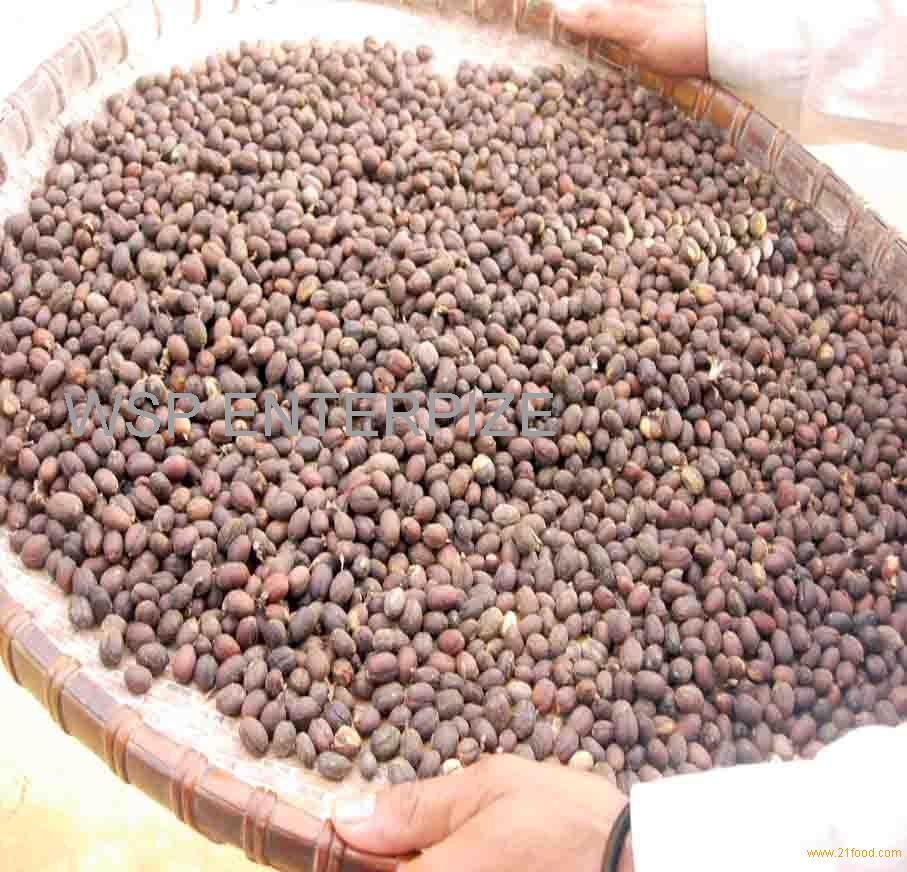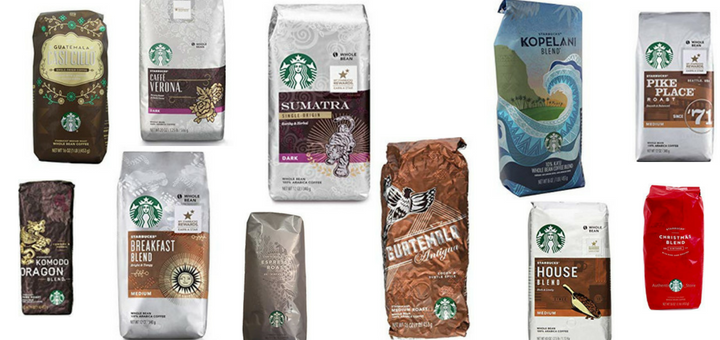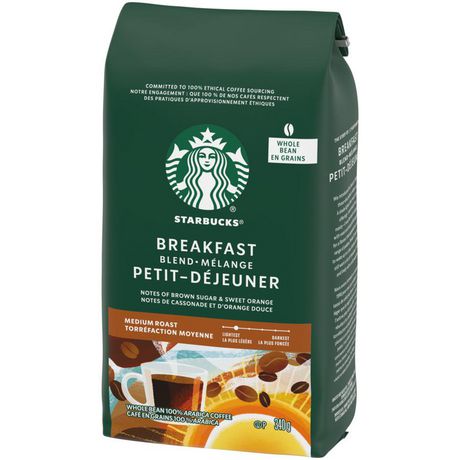

So, when the raw coffee beans prices increase with 50% (from $1 to $1.5), the total expense increase for one bag of coffee Is only 5%. Of course, depending on brad this number might be higher or lower. So, the coffee itself stands for only 10% of the expenses a coffee brand has. The $10 should cover for the coffee beans, but also for roasting, bags, shipping, and labor. And let’s say the beans filling that bag costs $1. For example, let’s say that the average bag of coffee costs $10 to produce and ship. Roasteries and coffee shops don’t fluctuate as much as the raw coffee bean prices, and that is mainly because of two things.ġ) The coffee price is only a small part of a coffee brand’s all expenses. What About Roasted Beans and To-Go Coffee? That is, of course, a significant difference, but if you look at the chart, you can easily see that there have been many bigger jumps. The price in 2002, after inflation adjustment, was $0.77/pound and the price at the moment (2020) is $1.1/pound. But the prices back then aren’t much lower than right now if you adjust for inflation.

Of course, the crisis caused a lot of problems for workers and companies relying on coffee for their livelihood. When you look at this chart, the 2001-2002 coffee crisis doesn’t look that bad. That is almost 1000% higher than today!Ĭhart 2 – Yearly Average Coffee Price – Adjusted for Inflation. The price was on a high In 1977 when you had to pay almost $10 for one pound of coffee (when you adjust for inflation). So, I created a new chart (see below) where I adjusted the numbers for inflation so you can get a clear picture of it.Īs you can see, the prices have in reality decreased over the years. However, the prices above have not been adjusted for inflation. It goes up, it goes down, but there is an average somewhere around $1.5/pound. When you look at the chart above, it might seem like coffee prices are pretty much the same as they always have been. Not even oil had the same price increase during the same years.Ĭhart 1 – Yearly Average Coffee Price (1975-2020) A yearly average price increase of 39%!?. From 2002 to 2011, the price increased by over 350%. The highest yearly average price was in 2011 when one pound of coffee did cost $2.5338. This is actually the lowest price seen in 100years and known as the 2001 coffee crisis.

Since 1975, the lowest price seen is in 2002, when you could purchase 1 pound of coffee for a yearly average of $0.5569. Of course, the brands you buy coffee beans and to-go coffee from are much more price stable. The chart shows the price per pound of raw coffee. Coffee is a huge part of many cultures, so its price has a huge impact on how much we drink but also on our communities.Īs you can see from the chart below, the coffee prices are clearly unstable. We drink it when we spend time with our loved ones, we drink it when we are alone. I’m finding this really interesting since coffee is something we drink all over the world. How has coffee prices changed over the years? When was coffee the cheapest and when was it most expensive? Last week, I wrote a blog post about why coffee is so expensive, and that made me think.


 0 kommentar(er)
0 kommentar(er)
